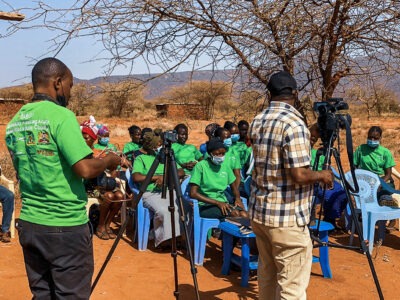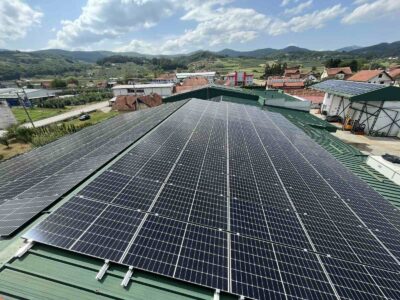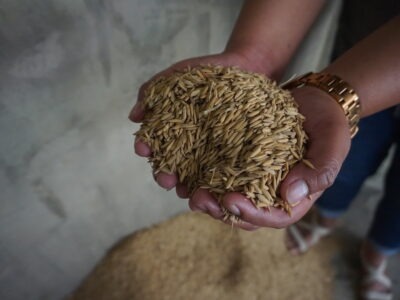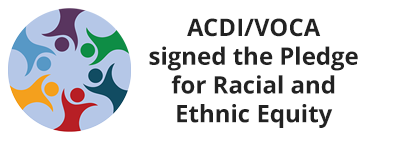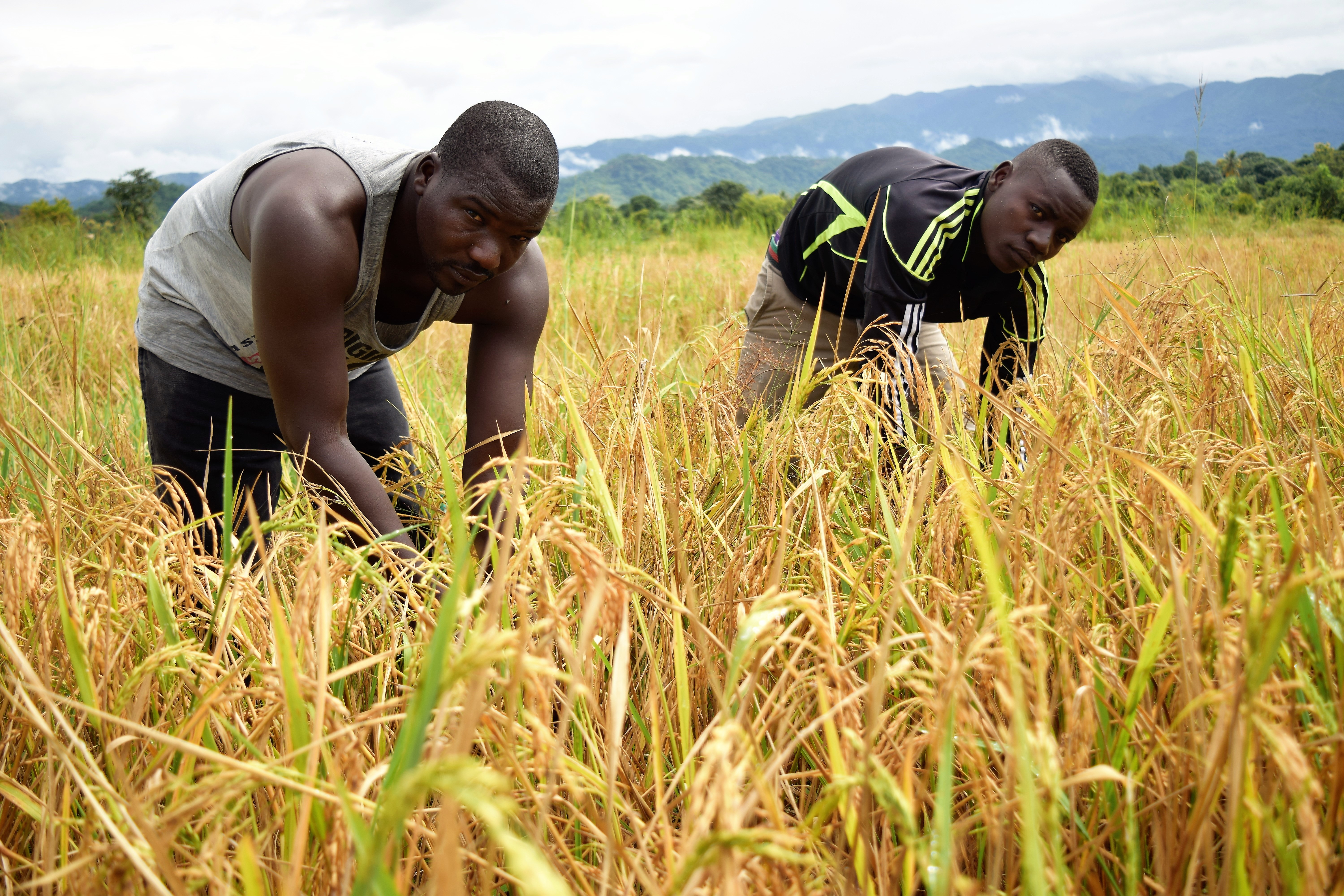
Moses Msafiri, 35, is a farmer and father of two from the village of Chisano in the Kilombero District of Tanzania. Moses recently built a new home for his family. He even installed a solar power system. But life wasn’t always so bright. In the past, Moses would earn only $175 per harvest, producing three bags of paddy, or unmilled rice. Now he earns $1,050 for the 18 bags his farm produces.
Tanzania is one of Africa’s fastest growing economies, but the nation suffers from low productivity in the agriculture sector, which employs three-fourths of its labor force, despite growing only 4 percent per year over the last decade. The reason for its low productivity is that farmers, like Moses, cannot access agricultural inputs in the remote regions where they live. Many farmers also don’t have access to agricultural extension services or loans, while others face high interest rates on the loans they do receive.
The Feed the Future NAFAKA II: Cereals Market System Development project, funded by USAID and implemented by ACDI/VOCA, developed a strategy to boost agricultural growth in Tanzania’s staple crops by helping individuals form producer organizations. These organizations are financially viable, democratically run cooperatives made up of individuals who produce products for farmers.
In 2011, Moses helped form the Chisano producer organization, with support from the first NAFAKA project, to ease the constraints rice and maize farmers faced producing and marketing their crops. Through the NAFAKA II project, Moses’ group has received training in fertilizer and agrochemical use, which made their productivity swell. The project also connected them with others in the rice and maize value chains at business-to-business meetings.
“Productivity on our farm plots has increased due to [good agricultural practice] training we receive from NAFAKA…Our lives are changing for better.” – Moses Msafiri, member of a producer organization trained by the NAFAKA II project
For the last seven years, Moses has seen the lives of members improve. With more bargaining power, they successfully negotiated contracts for collective crop marketing and aggregated input buying. They now use new technologies and production techniques learned through NAFAKA II trainings. They also experience lower interest rates and less risk investing as a group.
The NAFAKA II project linked Moses’ group and others with companies, like YARA International and Tanseed International, to buy bulk inputs at reduced prices for members. In 2017, his group received a loan from the National Microfinance Bank worth $42,000, which individual members used as needed.
“I have used better seeds, fertilizers, and agrochemicals because I had money to purchase them,” Moses said.
The result is better crops and higher earnings for farmers like Moses, whose family now lives safely in a sturdy home powered by solar energy. From 2016 to 2017, his group stored 143 metric tons of paddy and sold it during the high season for $71,000, which was nine dollars more per ton than the average farm-gate price.
Learn more about the NAFAKA II: Cereals Market System Development project

